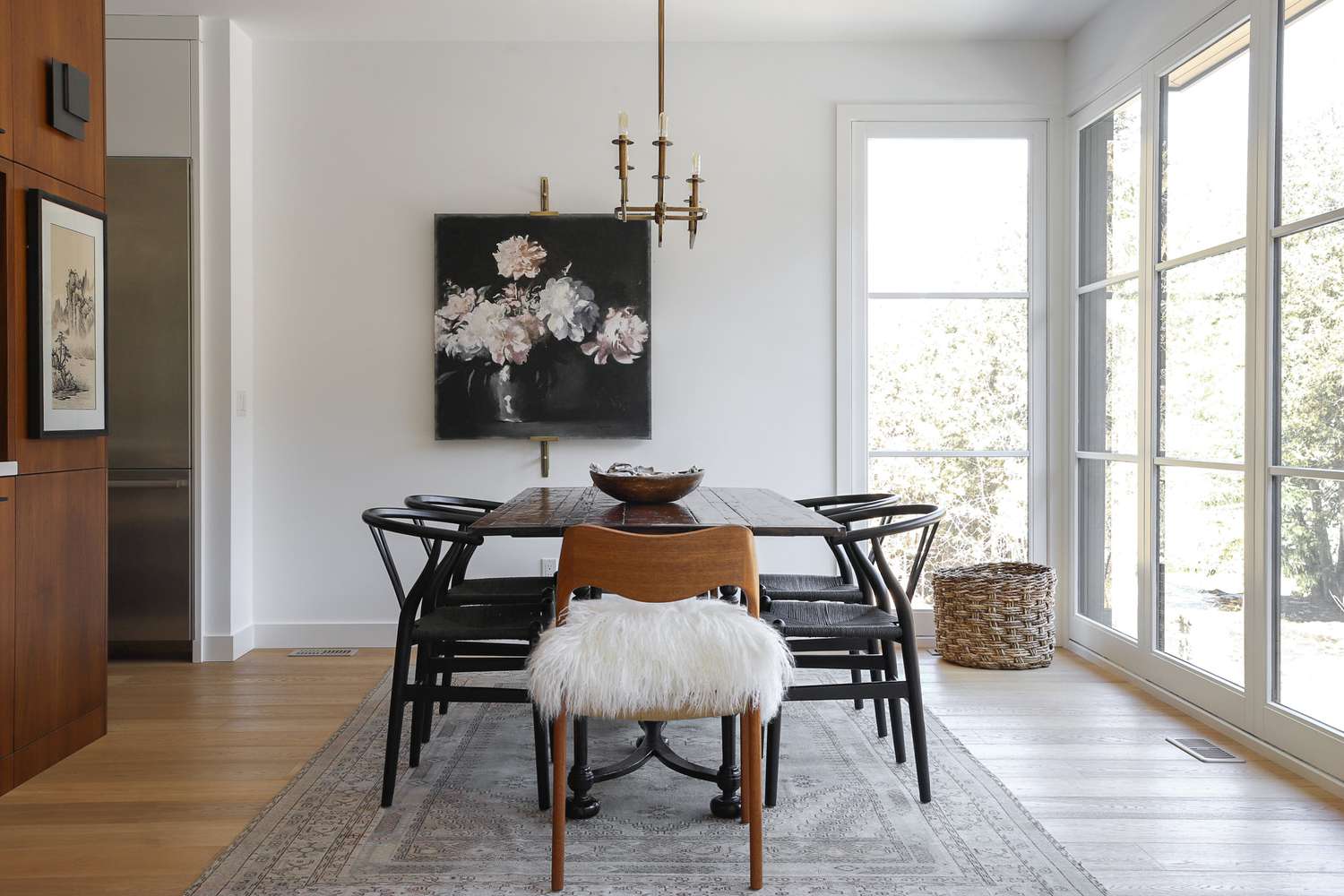

Tableware
How To Decorate Your Dining Room
Modified: November 2, 2024
Learn how to create a stunning dining room with the perfect tableware. Discover tips and tricks for decorating your space to impress your guests.
(Many of the links in this article redirect to a specific reviewed product. Your purchase of these products through affiliate links helps to generate commission for Storables.com, at no extra cost. Learn more)
Introduction
Welcome to our comprehensive guide on how to decorate your dining room. Your dining room is a space where you gather with family and friends to share meals, celebrate special occasions, and create lasting memories. It is essential to create a warm and inviting atmosphere that reflects your personal style and enhances the dining experience. In this article, we will provide you with expert tips and insights on choosing a dining room style, selecting a color scheme, furniture selection and placement, lighting and ambiance, window treatments, wall decor and artwork, table setting and centerpieces, and adding personal touches.
By following our suggestions and incorporating your artistic flair, you can transform your dining room into a haven of elegance and sophistication, ensuring that every meal is a memorable experience. Let’s dive in!
Key Takeaways:
- Personalize your dining room by choosing a style that resonates with you, selecting a color scheme to set the right mood, and adding personal touches like artwork and centerpieces to create a space that reflects your unique personality and interests.
- Transform your dining room into a haven of elegance and sophistication by carefully considering furniture selection and placement, paying attention to lighting and ambiance, and infusing personal touches that make every dining experience memorable and enjoyable.
Read more: How To Design Your Dining Room
Choosing a Dining Room Style
When it comes to decorating your dining room, the first step is to determine the style that resonates with your personal taste and complements the overall design of your home. Whether you prefer a classic, contemporary, rustic, or eclectic look, selecting a dining room style sets the foundation for the rest of your design choices.
If you are drawn to timeless elegance and traditional aesthetics, a classic dining room style might be perfect for you. This style often features rich wood furniture, intricate details, and formal elements such as chandeliers and crown molding. Consider opting for a large dining table with ornate legs and matching upholstered chairs to create a grand ambiance.
For those who prefer a more modern and sleek look, a contemporary dining room style is an excellent choice. Clean lines, minimalist furniture, and bold accents characterize this style. Opt for a pedestal dining table with glass or marble top, complemented by geometric chairs. Adding a statement light fixture or abstract artwork on the walls can further enhance the modern vibe.
If you lean towards a cozy and inviting atmosphere, a rustic dining room style could be ideal. Embrace natural materials such as distressed wood and stone for your dining table and incorporate warm earthy tones into the color scheme. Complete the look with rustic lighting fixtures, such as wrought-iron chandeliers or pendant lights.
For those who appreciate individuality and enjoy mixing different styles, an eclectic dining room style allows for creative expression. Combining various elements, patterns, and colors, you can create a unique and visually appealing space. Mix and match different chairs, experiment with textures, and incorporate interesting artwork to showcase your eclectic taste.
When choosing a dining room style, consider the overall aesthetics of your home and the atmosphere you want to create. Let your personal preferences guide your decision, and remember that you can always add your own unique touches to make the style truly yours. Next, we will explore how to select the perfect color scheme for your dining room.
Selecting a Color Scheme
The color scheme you choose for your dining room plays a crucial role in setting the mood and creating a harmonious and inviting space. The right combination of colors can make your dining room feel cozy, vibrant, or even formal. Here are some tips to help you select the perfect color scheme for your dining room:
- Consider the size of your dining room: If your dining room is small, opt for lighter colors, such as pastels or neutrals, to create an illusion of spaciousness. On the other hand, if you have a large dining room, you can experiment with darker and bolder colors, which can add drama and create a more intimate atmosphere.
- Think about the desired ambiance: Different colors evoke different emotions and moods. For a calming and serene ambiance, choose cool colors like blues and greens. If you want to create an energetic and lively atmosphere, opt for warm colors like oranges and yellows. Neutral colors like beige, gray, or cream can create a timeless and versatile backdrop for any dining room style.
- Consider the existing decor: Take into account the colors of your furniture, flooring, and other elements in the dining room. Choose a color scheme that complements and enhances the existing decor. For a cohesive look, select colors that are found in other areas of your home as well.
- Use color psychology: Colors can have a psychological impact on people. For example, red is often associated with energy and appetite stimulation, making it a popular choice for dining rooms. Green is known to bring a sense of balance and harmony, while yellow promotes positivity and happiness. Consider the emotions and energy you want to evoke in your dining room and choose colors accordingly.
- Experiment with accents: You don’t have to stick to one color for your dining room. Consider creating an accent wall with a bold color or using pops of color in your accessories, such as chair cushions or artwork. This can add visual interest and create a focal point in the room.
Remember, the color scheme you choose should reflect your personal style and create the desired ambiance in your dining room. Don’t be afraid to take risks and get creative with your color choices. Next, we will explore how to select the perfect furniture and placement for your dining room.
Furniture Selection and Placement
Choosing the right furniture and arranging it in an optimal way can greatly impact the functionality and visual appeal of your dining room. Here are some key considerations for furniture selection and placement:
Dining Table: The dining table is the centerpiece of your dining room, so it’s important to choose one that fits both your style preferences and the available space. Consider the size of your room and the number of people you typically host for meals. Rectangular or oval tables are popular choices for larger spaces, while round or square tables work well in smaller rooms. Additionally, make sure the height of the table and chairs is comfortable for dining.
Chairs: The chairs you select should not only be aesthetically pleasing but also provide comfort during meals. Upholstered chairs offer a luxurious and cozy feel, while wooden chairs provide a more traditional or rustic look. Mix and match styles for an eclectic touch or choose a matching set for a more uniform appearance. Don’t forget to consider the height of the chairs in relation to the dining table for optimal comfort and functionality.
Buffet or Sideboard: If you have the space, adding a buffet or sideboard can enhance both the storage and style of your dining room. These pieces of furniture provide convenient storage for dishes, table linens, and other dining essentials. They can also serve as a display surface for decorative items or as a serving area during meals or gatherings.
Focus on Flow: When arranging your dining room furniture, consider the flow and movement within the space. Ensure there is enough space around the dining table for chairs to be pulled out comfortably. Avoid blocking pathways or entrances to and from the dining area. If feasible, leave some room for a buffet or sideboard to be placed against a wall.
Consider Lighting: Take into account the placement of lighting fixtures when arranging your dining room furniture. Pendant lights or a chandelier above the dining table not only provide functional lighting but also serve as a visual focal point. Make sure there is enough clearance between the bottom of the fixture and the tabletop for ease of movement and a balanced look.
Add Storage Solutions: If your dining room lacks built-in storage, consider adding freestanding furniture pieces like a china cabinet or a shelving unit. These can provide additional storage space for glassware, dinnerware, and other dining essentials, while also displaying decorative items that add personality to the room.
When selecting and arranging furniture in your dining room, ensure that it aligns with your preferred style, allows for comfortable seating, and facilitates easy movement. Don’t forget to incorporate your personal touches through accessories and decor to make the space feel uniquely yours. Next, we will explore the importance of lighting and creating ambiance in your dining room.
Lighting and Ambiance
Lighting is a crucial element in creating the desired ambiance and setting the mood in your dining room. Proper lighting can make your dining space feel warm, inviting, and visually stunning. Here are some tips to consider when it comes to lighting and ambiance:
Layered Lighting: A combination of ambient, task, and accent lighting creates a layered effect that enhances the overall atmosphere in the room. Start with a central fixture, such as a chandelier or pendant light, as your primary source of ambient lighting. Then, incorporate task lighting, such as wall sconces or recessed lights, to provide focused illumination for activities like food preparation or reading menus. Finally, add accent lighting through the use of lamps or uplighting to highlight specific areas or create a cozy ambiance.
Dimmer Switches: Installing dimmer switches allows you to adjust the brightness of your dining room lighting according to the occasion. Dimmer switches give you the flexibility to create a softer, more intimate atmosphere for romantic dinners or a brighter, well-lit setting for larger gatherings or activities.
Chandeliers and Pendant Lights: The choice of your main lighting fixture can significantly impact the style and overall aesthetic of your dining room. Chandeliers and pendant lights serve as focal points, adding a touch of elegance and sophistication. When selecting these fixtures, consider the size and height of your dining table. The general rule of thumb is to choose a fixture that is about two-thirds to three-quarters the width of your table for a proportional look.
Natural Light: If your dining room has windows, make the most of natural light during the daytime. Avoid heavy window treatments that block out sunlight, and instead opt for sheer curtains or blinds that allow light to filter through. Natural light creates a bright and airy ambiance, and it can accentuate the colors and textures of your dining room decor.
Candles and Soft Lighting: To create a warm and cozy atmosphere, incorporate candles and soft lighting options, such as table lamps or wall sconces. Candles provide a romantic and intimate glow, while soft lighting fixtures add a soft, diffused light that is flattering and soothing.
By carefully selecting and layering your lighting options, you can create a dining room that is both functional and visually appealing. Lighting sets the tone for your dining experience, so don’t underestimate its importance. Next, we will explore window treatments and how they can enhance the overall look of your dining room.
Consider using a statement chandelier as a focal point, adding a rug to define the space, and incorporating a mix of seating options for a stylish and functional dining room.
Window Treatments
Window treatments are an essential aspect of decorating your dining room. They not only provide privacy but also add style and enhance the overall aesthetic of the space. Here are some tips to help you choose the perfect window treatments:
Curtains and Drapes: Curtains and drapes are versatile and can be tailored to match your dining room’s style and color scheme. Choose fabrics that complement the overall design, whether it’s light and airy sheers for a more casual look or luxurious, heavy drapes for a formal setting. Consider the length of the curtains – floor-length curtains can create an elegant and dramatic effect, while shorter curtains can provide a more contemporary feel.
Blinds and Shades: Blinds and shades are practical options that offer privacy and light control. Choose from a variety of materials and styles, such as wooden blinds for a natural and rustic look or sleek roller shades for a modern aesthetic. Opt for styles that allow you to adjust the amount of sunlight entering the room, creating a pleasant dining environment.
Valances and Cornices: Valances and cornices are decorative elements that can add visual interest to your windows. They are usually mounted above the window frame and come in different shapes and styles. Valances and cornices can be made from fabric or wood, and they add a finishing touch to your window treatments.
Layering Options: Consider layering different window treatments for a more dynamic and sophisticated look. For example, you can combine curtains or drapes with blinds or shades to provide both style and functionality. This allows you to control privacy and light levels while adding depth to your dining room décor.
Consider the View: If you have a beautiful view outside, choose window treatments that allow you to enjoy it while maintaining privacy when needed. Sheer curtains or blinds with adjustable slats can offer the perfect balance between natural light and privacy.
Coordinate with the Room: Ensure that your window treatments coordinate with the overall design of your dining room. Consider the color palette, patterns, and textures in the room when selecting fabrics or materials for your curtains, drapes, blinds, or shades. This creates a cohesive and harmonious look.
Window treatments not only add a finishing touch to your dining room but also offer functionality and privacy. Consider the style, materials, and coordination with the rest of the décor to enhance the overall aesthetic of your space. Next, we will explore wall decor and artwork to further personalize your dining room.
Wall Decor and Artwork
Wall decor and artwork are key elements in adding personality and visual interest to your dining room. They can set the tone, create a focal point, and tie the overall design together. Here are some tips to consider when selecting and displaying wall decor and artwork:
Statement Piece: Consider choosing a statement piece of artwork or a large-scale wall decor item to serve as a focal point in your dining room. This can be a striking painting, a unique sculpture, or an oversized mirror. Select something that reflects your personal style and creates a visual impact.
Gallery Wall: If you have a collection of smaller pieces of artwork or photographs, create a gallery wall to showcase them. Mix and match different sizes, shapes, and frames to create an eclectic and visually appealing display. Arrange them in a grid pattern or play with asymmetry for a more dynamic look.
Mirrors: Mirrors not only add depth and dimension to your dining room but also reflect light, making the space feel brighter and more spacious. Place a large mirror above a buffet or sideboard, or create a gallery of smaller mirrors to create an interesting focal point.
Textured Wall Hangings: Consider adding wall hangings with textures for added visual interest. This can include woven tapestries, fabric wall art, or even a collection of decorative plates arranged in an artistic pattern. These pieces can add depth and texture to your dining room walls.
Personal Touch: Incorporate personal elements into your wall decor to make the space unique and reflective of your tastes and interests. This can include family photographs, travel mementos, or artwork created by yourself or loved ones. These personal touches add sentimental value and create a warm and inviting atmosphere.
Balance and Composition: When arranging wall decor and artwork, consider the balance and composition of the pieces. Ensure that there is a visual harmony in terms of color, size, and spacing. Experiment with different arrangements before settling on the final placement to achieve the desired aesthetic.
Lighting for Artwork: Proper lighting is crucial for showcasing artwork. Install picture lights or adjustable spotlights to draw attention to your favorite pieces and illuminate them adequately. This helps to enhance the visual impact and adds a touch of sophistication.
Wall decor and artwork provide opportunities for self-expression and can transform your dining room into a truly personalized space. Select pieces that resonate with you and create a visual narrative that enhances the ambiance of the room. Finally, we will explore table setting and centerpieces to complete the dining room design.
Table Setting and Centerpieces
The table setting and centerpieces in your dining room play a crucial role in creating an inviting and aesthetically pleasing atmosphere. They set the stage for your dining experience and add a touch of elegance to your meals. Here are some tips to consider when setting your table and selecting centerpieces:
Start with the Basics: Begin by laying a foundation with table linens. Choose tablecloths, placemats, or table runners that complement the color scheme and style of your dining room. Opt for quality fabrics that are easy to clean and maintain.
Dinnerware and Flatware: Select dinnerware and flatware that matches your personal style and complements the overall theme of your dining room. A well-coordinated set of plates, bowls, glasses, and utensils adds a polished and elegant touch to your table. Consider mixing and matching patterns or adding unique pieces for a personalized look.
Napkins and Napkin Rings: Fold your napkins in an eye-catching manner and add napkin rings for an extra touch of sophistication. Consider using napkins in a contrasting color or pattern to add visual interest to each place setting.
Centerpieces: The centerpiece is the focal point of your dining table and sets the tone for the entire room. Select a centerpiece that suits the style and theme of the dining room. This can be a floral arrangement, a statement sculpture, a collection of candles, or a decorative bowl filled with fruits or seasonal decor. Ensure that the size of the centerpiece is proportionate to the table, allowing for easy conversation across the table.
Seasonal Variations: Consider changing your table settings and centerpieces according to the seasons or special occasions. Incorporate seasonal colors, motifs, or natural elements to create a festive and inviting atmosphere. This allows you to refresh the look of your dining room and keep it interesting throughout the year.
Table Accessories: Enhance your table setting with additional accessories such as place cards, drink coasters, or decorative trinkets. These small details can add a personalized and thoughtful touch to your dining experience.
Symmetry and Balance: Arrange your table setting and centerpieces in a way that is visually pleasing. Consider symmetry and balance when placing items on the table. This creates a cohesive and harmonious look that is pleasing to the eye.
Remember, your table setting and centerpieces should reflect your personal style and add to the overall ambiance of your dining room. Experiment with different combinations and don’t be afraid to get creative. Lastly, we will explore adding personal touches to make your dining room truly unique.
Adding Personal Touches
To truly make your dining room feel like your own, it’s important to add personal touches that reflect your personality and interests. These small details can make a big difference in creating a warm and inviting atmosphere. Here are some ideas for adding personal touches to your dining room:
Showcase Your Collections: If you have a collection of items, whether it’s antique teacups, vintage glassware, or decorative plates, consider displaying them in your dining room. Install open shelves or glass-front cabinets to showcase and protect your collections. Not only does this add a personal touch, but it also becomes a conversation starter for guests.
Add Artifacts and Memorabilia: Incorporate artifacts, souvenirs, or memorabilia from your travels or special moments in your life. These objects tell a story and add a personal touch to your dining room. Display them on shelves, hang them on the walls, or include them as part of your centerpieces.
Create a Gallery of Family Photos: Dedicate a wall in your dining room to create a gallery of family photos. Frame and display your favorite memories, capturing moments of love and joy. This not only adds a personal touch but also creates a sense of connection and nostalgia during mealtime.
DIY Artwork: Get creative and make your own artwork to decorate your dining room. Paintings, drawings, or collages can add a unique and personal touch to the walls. This allows you to express your creativity and infuse the space with your own artistic style.
Add Fresh Flowers or Plants: Incorporate nature into your dining room by placing fresh flowers or potted plants on your table or around the room. This brings life and freshness to space and creates a welcoming and vibrant ambiance. Choose flowers or plants that complement the color scheme and style of your dining room.
Personalized Tableware: Consider adding personalized touches to your tableware, such as monogrammed napkins or custom-engraved glassware. These small details make each dining experience feel special and unique. You can also use decorative place cards with the names of your guests to add a personal touch to your table setting.
Display Artwork or Hobbies: If you have a talent for painting, photography, or any other artistic hobby, display your creations in your dining room. This not only adds a personal touch but also showcases your talents and passions.
Consider Your Interests and Hobbies: Incorporate elements related to your interests and hobbies into your dining room decor. If you love music, display musical instruments or artwork inspired by music. If you’re a wine enthusiast, showcase your collection or incorporate wine-related elements into your decor. These personalized touches reflect your lifestyle and create a space that truly feels like your own.
Adding personal touches to your dining room allows you to infuse your unique personality and interests into the space. These small details create an intimate and personalized atmosphere, making each dining experience more enjoyable. So, have fun and let your creativity shine as you make your dining room a reflection of who you are.
By following the tips and ideas provided in this comprehensive guide, you can transform your dining room into a stunning and inviting space. Remember to choose a dining room style that resonates with you, select a color scheme that sets the right mood, carefully consider furniture selection and placement, pay attention to lighting and ambiance, choose window treatments that enhance the overall look, add wall decor and artwork to personalize the space, set an inviting table with centerpieces, and add those personal touches that make the dining room truly yours. Enjoy creating a space where delicious meals, cherished conversations, and unforgettable memories are made!
Conclusion
Creating a beautifully decorated dining room is a delightful endeavor that enhances the dining experience and brings joy to your home. From choosing a dining room style that reflects your personal taste to selecting the perfect color scheme, furniture, lighting, and decor, every decision contributes to the overall ambiance of the space. By following the tips and insights shared in this comprehensive guide, you can transform your dining room into a haven of elegance and style.
Take the time to carefully consider your options and infuse your own creative touches. Remember that your dining room should be a reflection of your personality and interests, a place where you feel comfortable and inspired. Experiment with different styles, colors, and arrangements to create a space that speaks to you and welcomes your loved ones with open arms.
As you embark on the journey of decorating your dining room, keep in mind the importance of balance, harmony, and functionality. Select furniture that is not only visually appealing but also practical and comfortable. Pay attention to lighting and create a warm and inviting ambiance. Choose window treatments that both enhance the beauty of the space and provide the privacy you desire. Let your walls come to life with carefully chosen artwork and personal mementos.
An inviting table, set with thoughtfully chosen dinnerware, a captivating centerpiece, and personal touches, sets the stage for memorable meals and cherished conversations. Consider the details that make each dining experience unique and use them to create an atmosphere that resonates with your guests.
Remember, the journey of decorating your dining room does not end with the completion of the project. As time goes on, you may find inspiration to make changes and incorporate new elements that reflect the evolving tastes and experiences of your life.
In conclusion, a beautifully decorated dining room is a space where family and friends gather to share meals, celebrate special occasions, and create lasting memories. By incorporating the tips and suggestions shared in this guide, you have the tools to transform your dining room into a space that reflects your personal style, enhances your dining experience, and leaves a lasting impression on your guests. Enjoy the journey of creating a stunning dining room, and may it become a cherished place where love, laughter, and delicious food thrive.
Frequently Asked Questions about How To Decorate Your Dining Room
Was this page helpful?
At Storables.com, we guarantee accurate and reliable information. Our content, validated by Expert Board Contributors, is crafted following stringent Editorial Policies. We're committed to providing you with well-researched, expert-backed insights for all your informational needs.
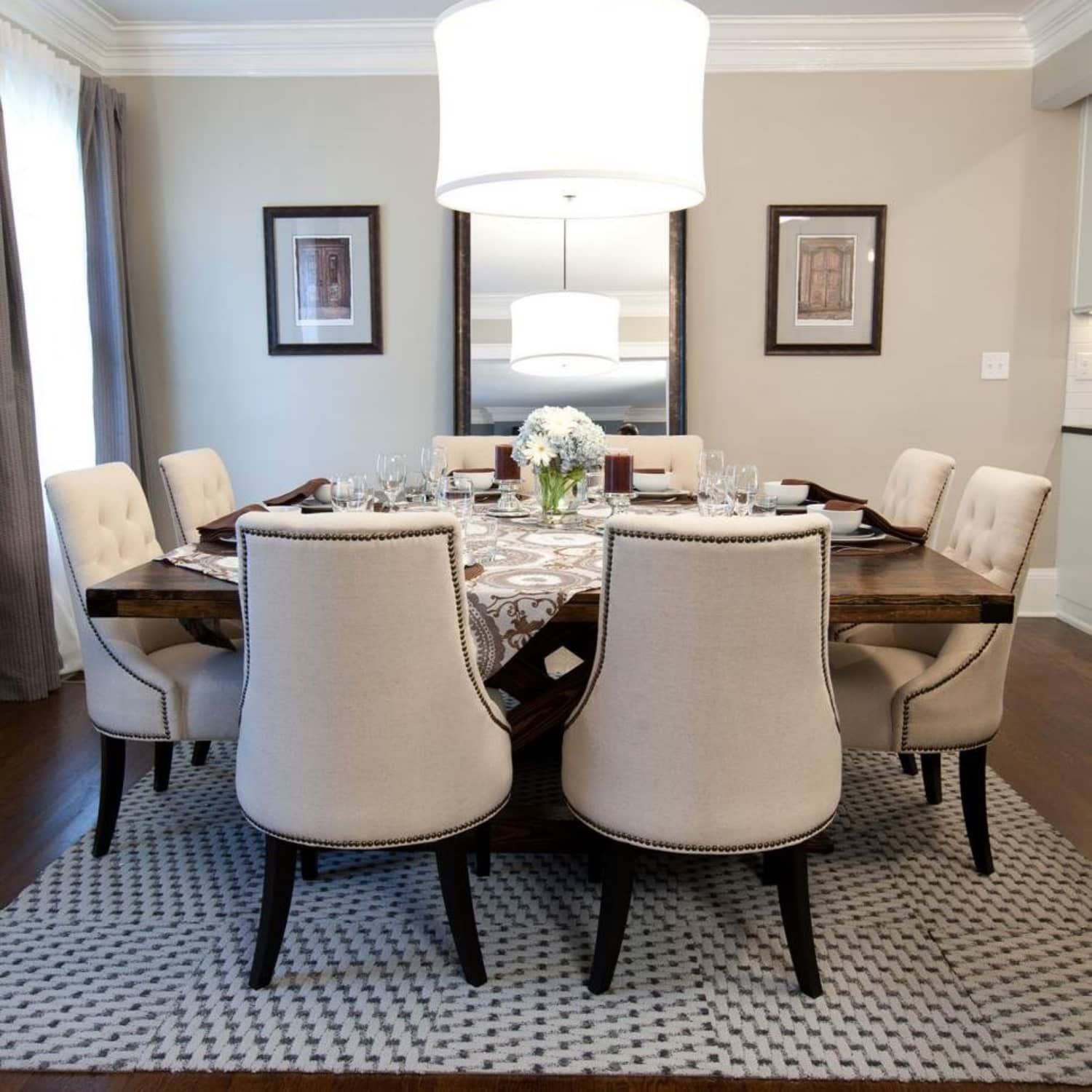
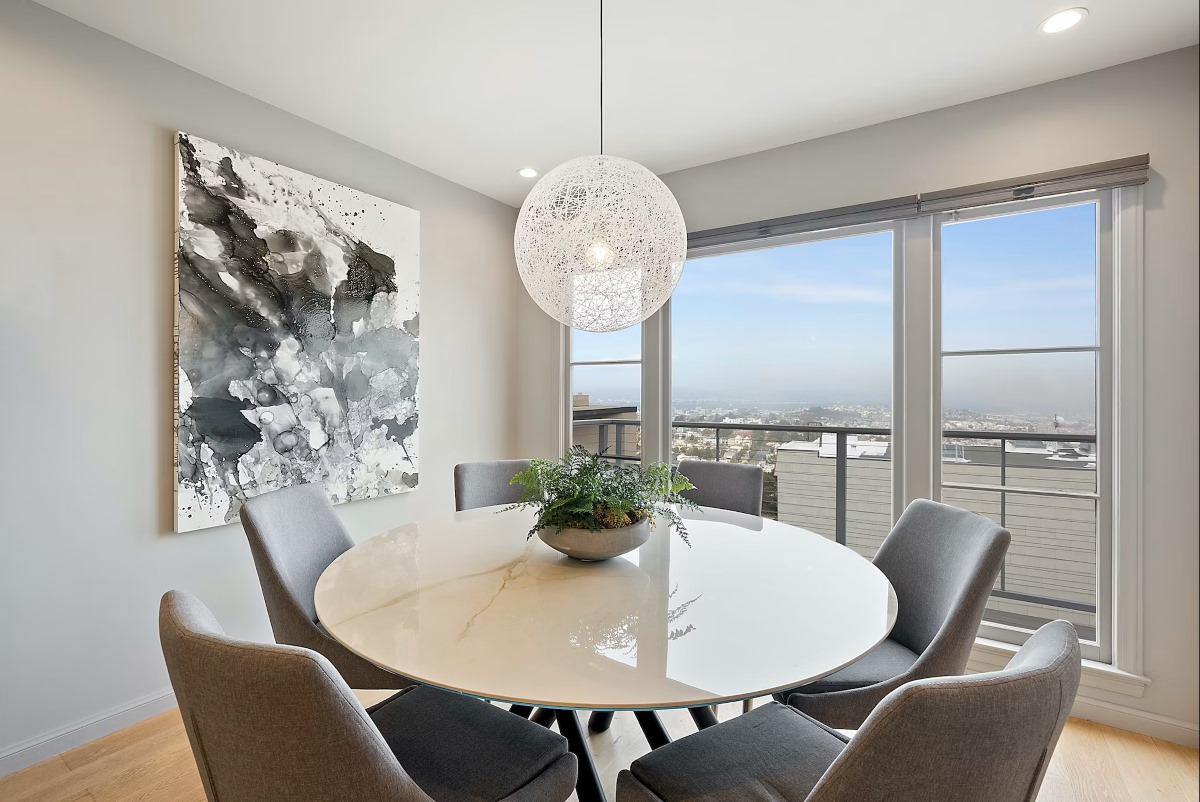

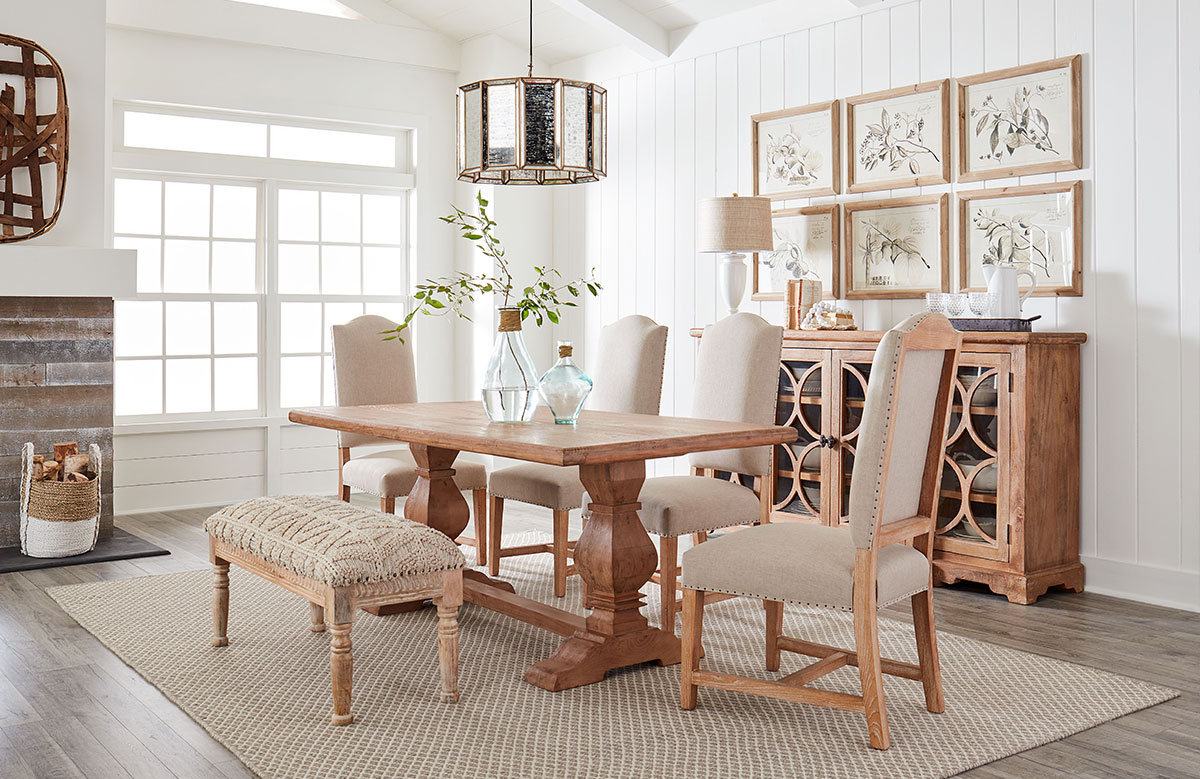
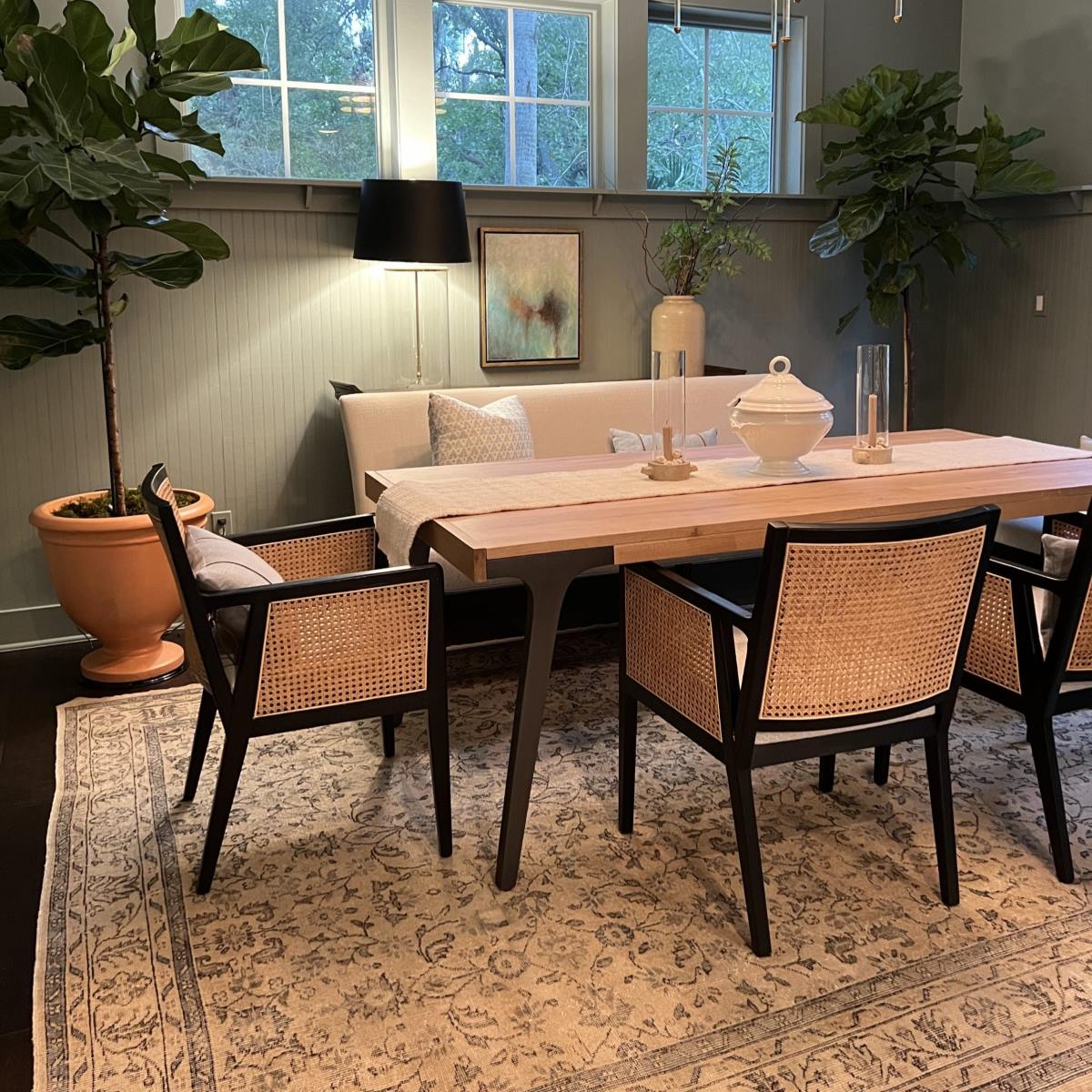
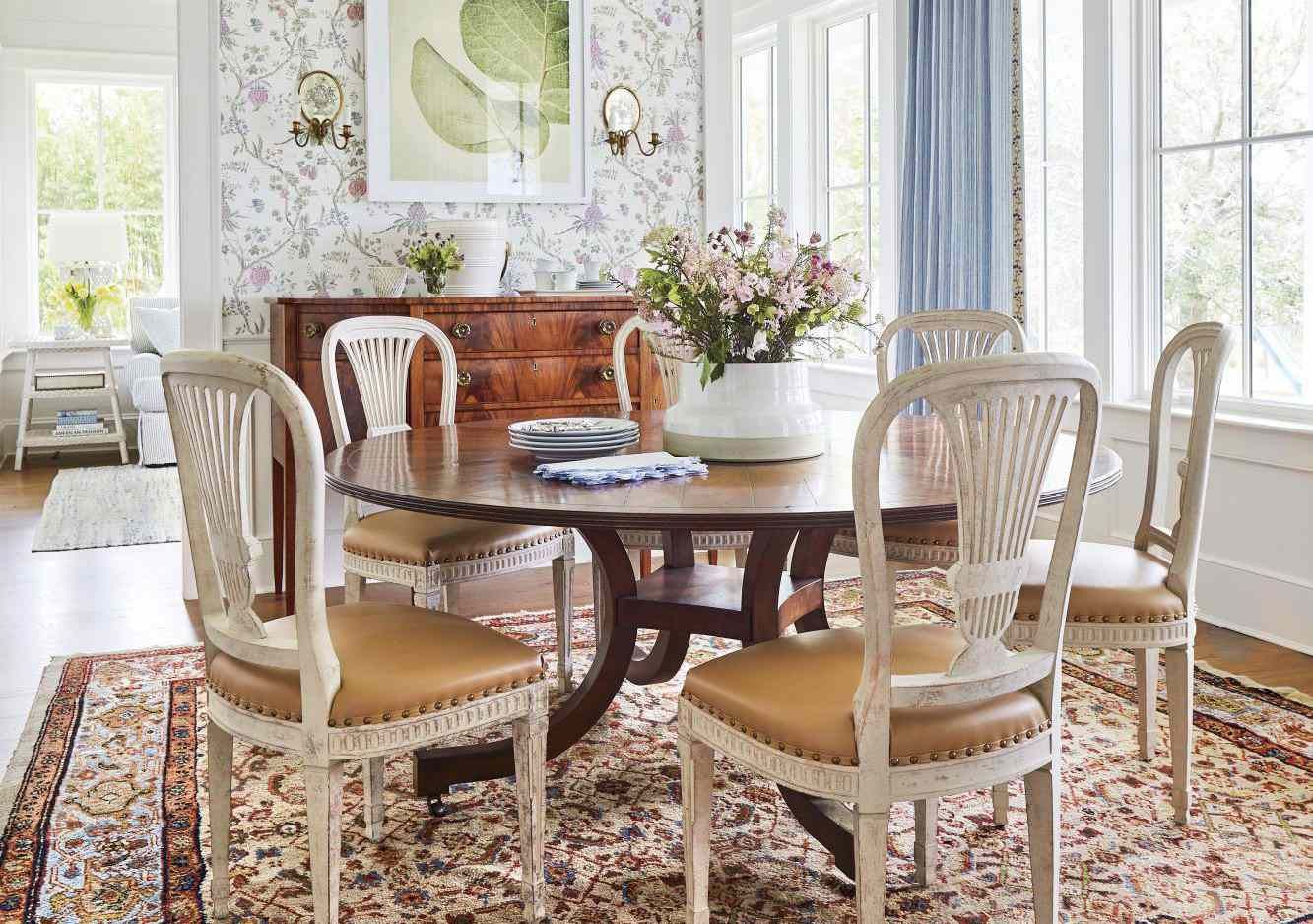
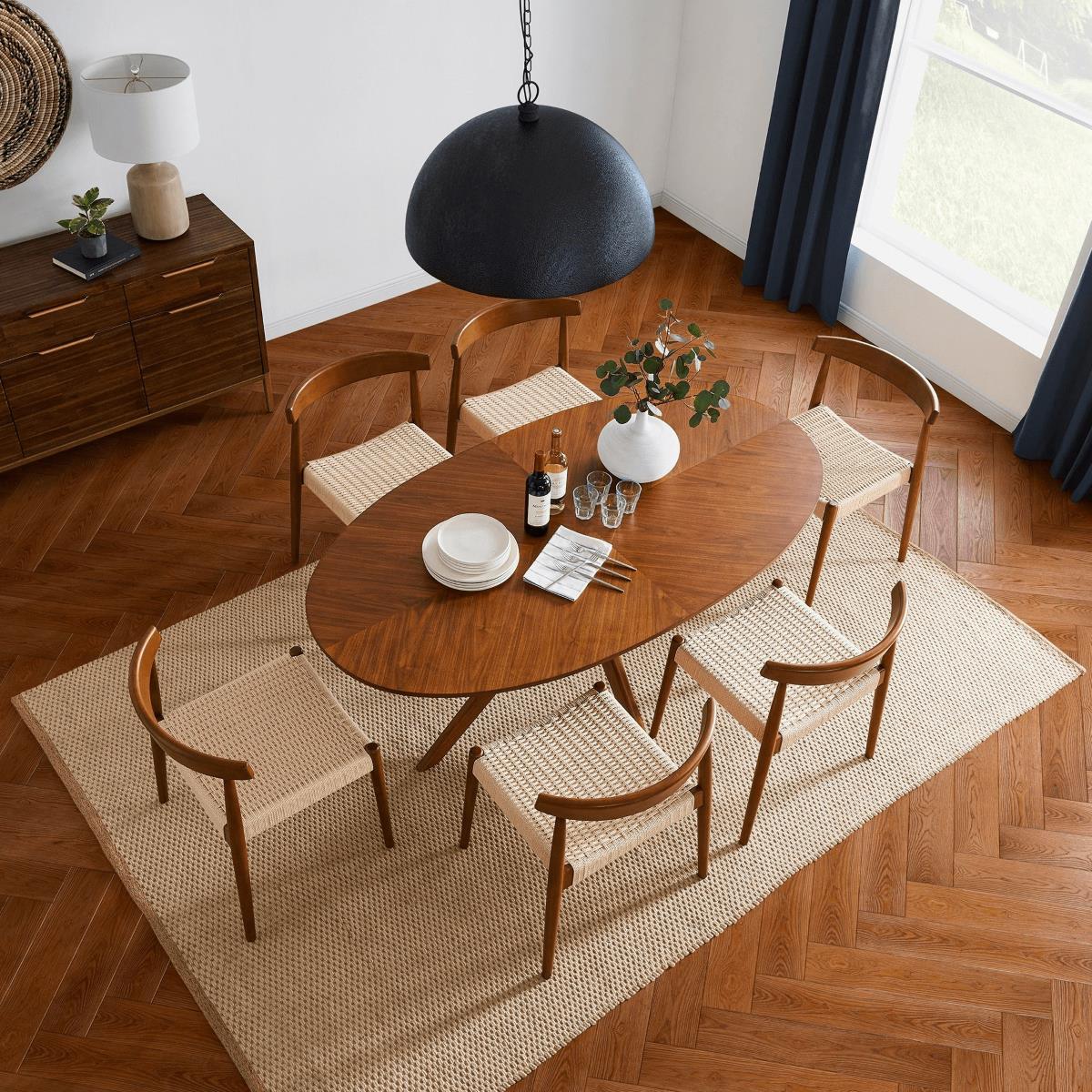
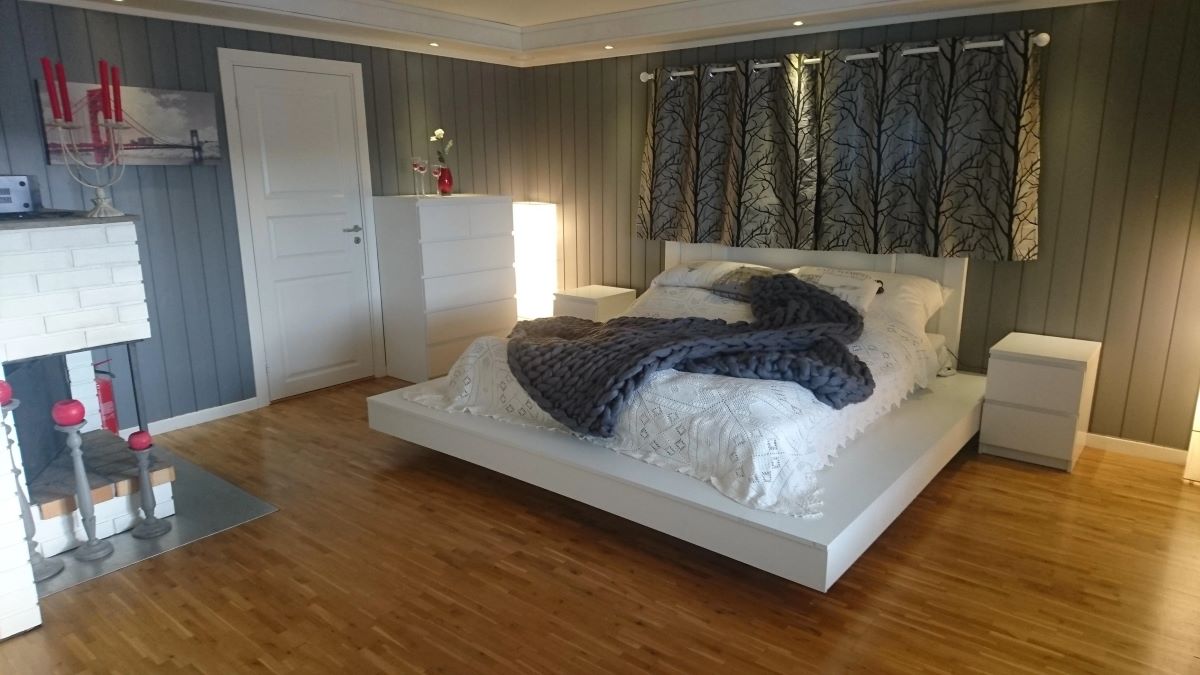
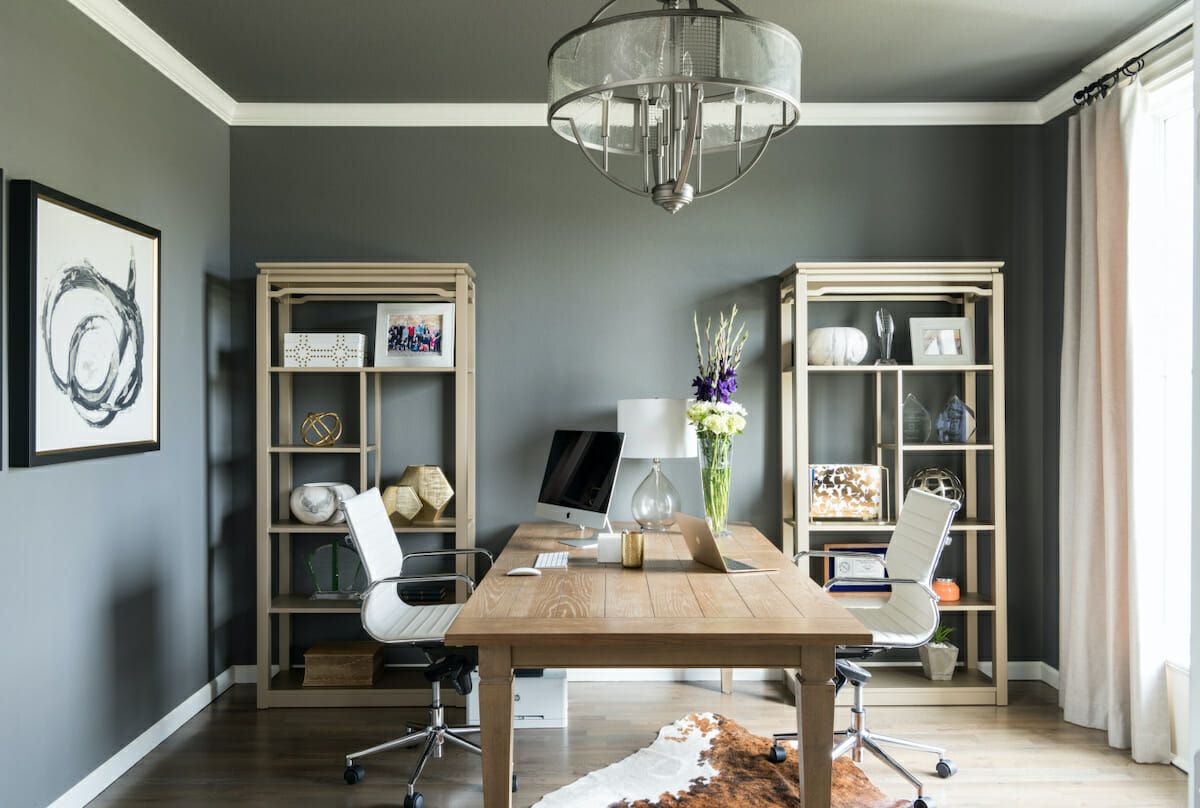
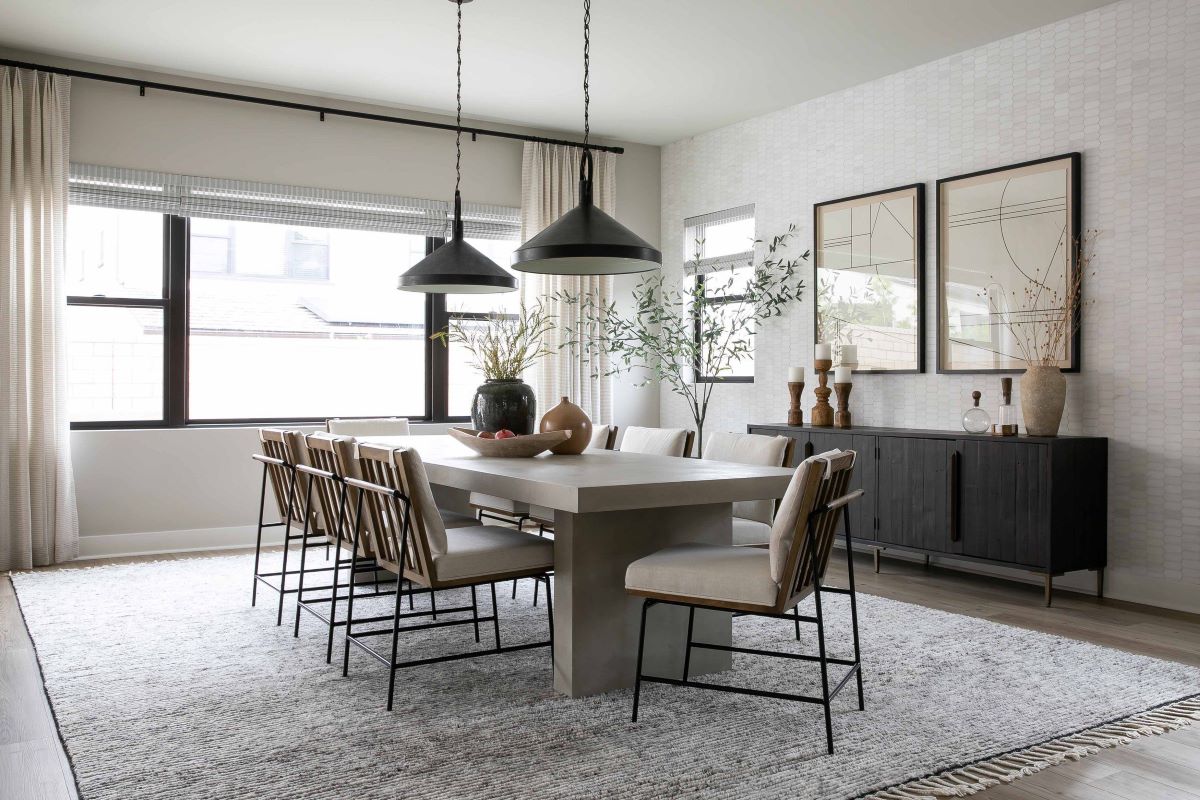
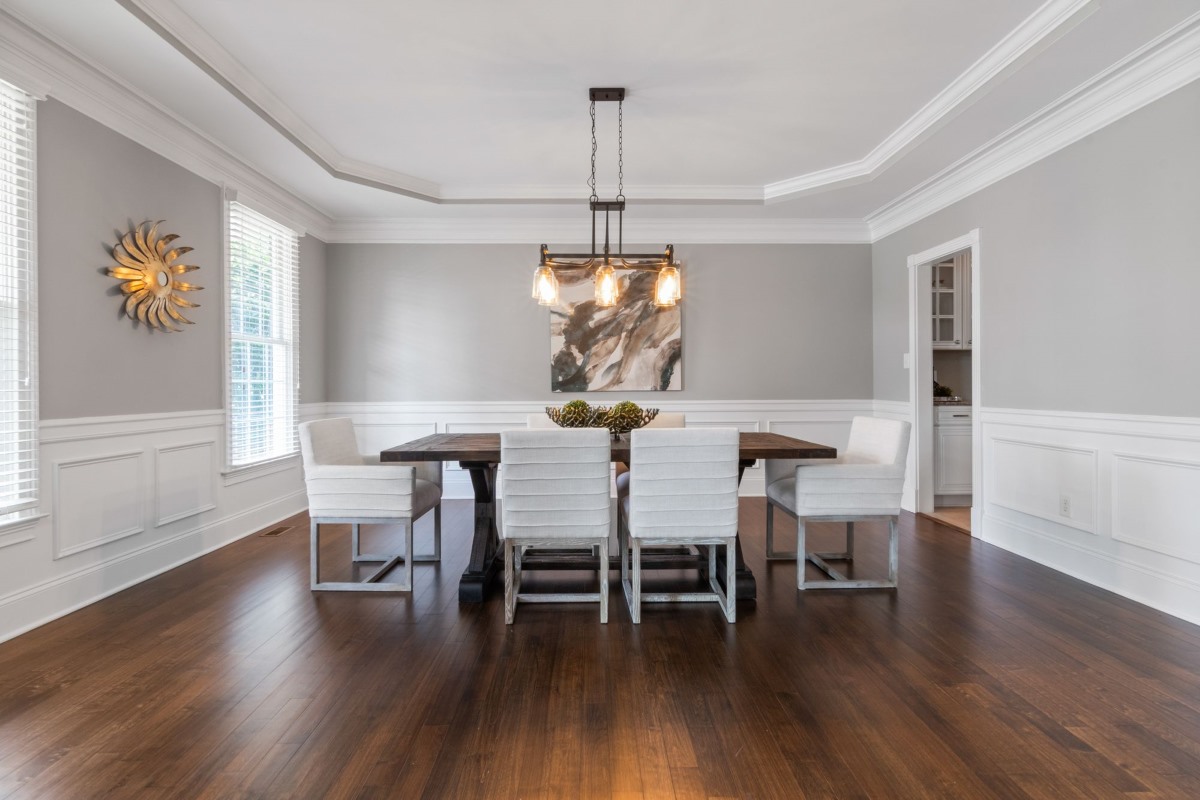

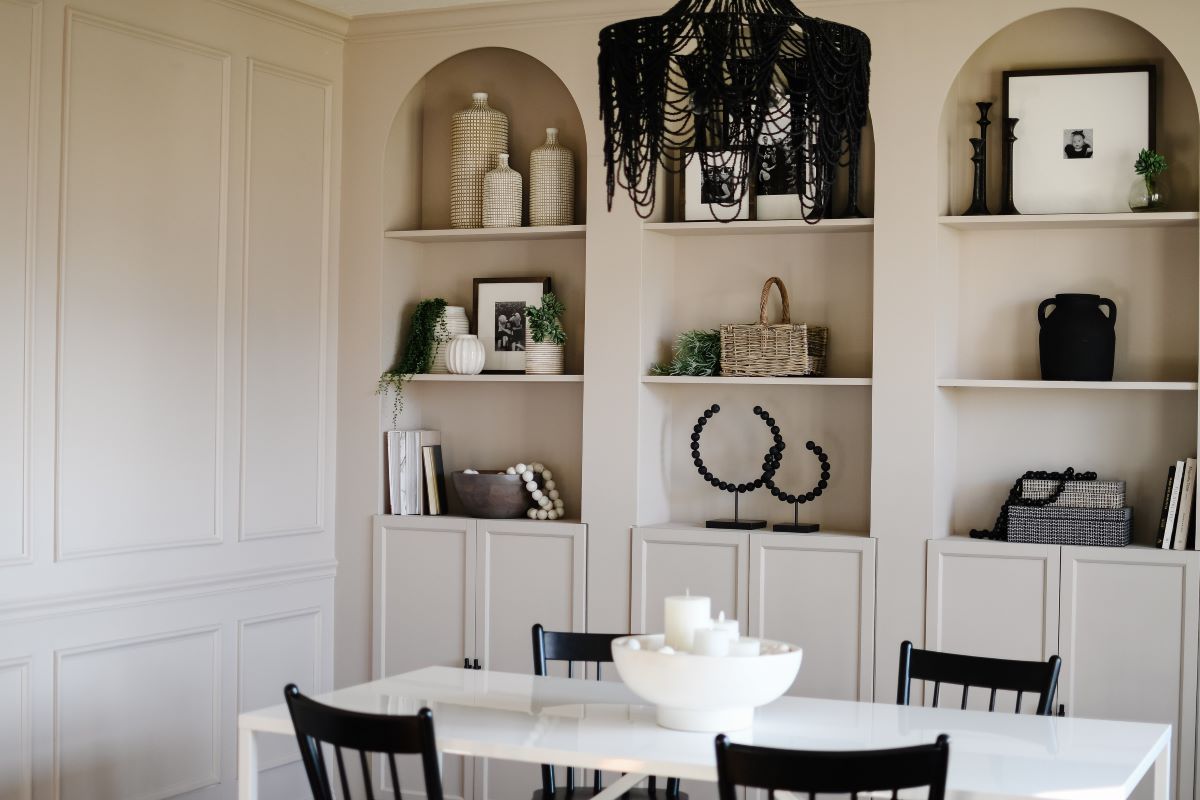

0 thoughts on “How To Decorate Your Dining Room”